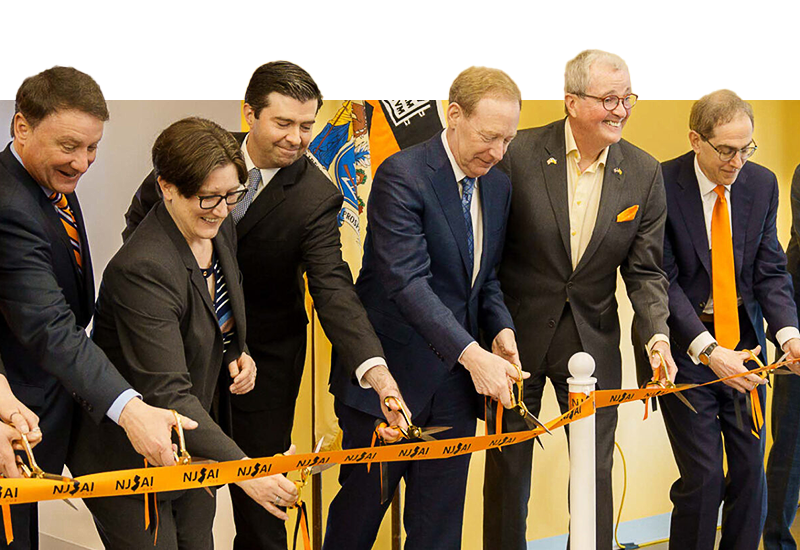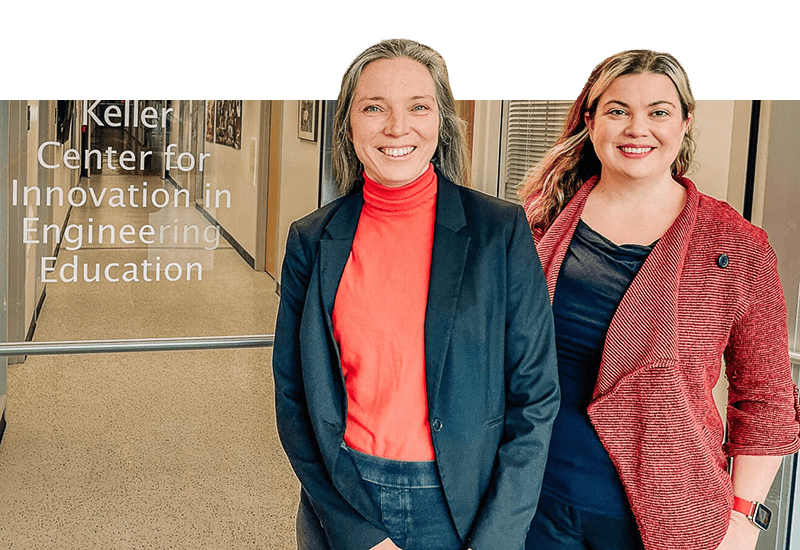Innovation Forum highlights rich range of research
By
on
The second annual Innovation Forum at the School of Engineering and Applied Science Feb. 27 showcased emerging technology ranging from a novel laser eye surgery technique to a new way to improve security on the Internet.
Eleven University researchers each delivered a three-minute “pitch” to a near-capacity crowd of investors, students and community members. After the formal presentations, researchers discussed their innovations at a reception, where posters explaining the research were displayed.
“It’s all about cross-pollination,” said Bill Martin of JumpStart New Jersey, a local angel investor network that invested $4 million last year in early stage entrepreneurial endeavors. The Innovation Forum was co-sponsored by JumpStart, Princeton’s School of Engineering and the University’s Office of Technology Licensing.
“I have seen an enormous growth in these types of activities at the University,” said John Ritter, director of the Office of Technology Licensing. Ritter said that every year his office receives from 85 to 100 disclosures of inventions from University researchers and executes from 15 to 25 licensing agreements.
Some of the presenters included:
Szymon Suckewer, professor of mechanical and aerospace engineering, who presented a new way to correct near-sightedness using an ultra-short pulse laser. Suckewer said that the technique was an improvement over Lasik surgery because it offers more precise, less-invasive cutting.
David Wood, assistant professor of chemical engineering, who presented research on effective screening systems for the discovery of compounds that bind to hormone receptors and thus may help identify treatments for diseases such as breast cancer or pinpoint environmental toxins.
Craig Arnold, assistant professor of mechanical and aerospace engineering, who discussed a new adaptive optic element. “It is simple, low-cost and has advantages over existing technologies in piezoelectrics,” said Arnold.
Douglas Adamson, a researcher at the Princeton Institute for the Science and Technology of Materials (PRISM), who presented research supported by a grant from Hallibruton Energy Services on a new, more efficient way to create polymersomes – tiny polymer balloons that have a wide range of commercial uses, from drug delivery to cosmetics.
Sudhakar Govindavajhala, a postdoctoral researcher in the department of computer science who as part of MulVAL Technologies is applying automated logic analysis tools to identify vulnerabilities in computer networks. In 2006 MulVAL, established by Andrew Appel, professor of computer science, was one of nine University projects to receive a New Jersey Council of Science and Technology “gap funding” grant. “Our mission is to change network security from being reactive to being proactive,” Govindavajhala said. “The point of MulVAL is to discover security holes before they become a problem.”
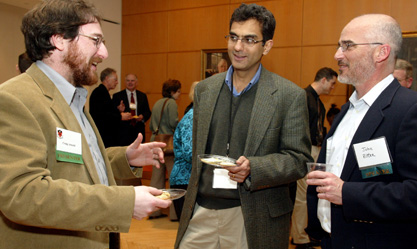
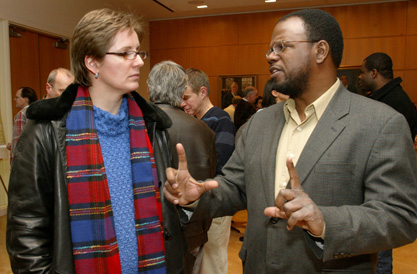
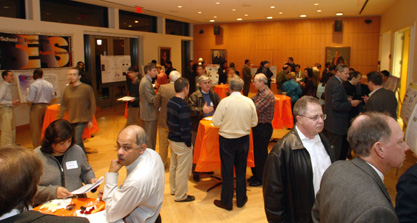
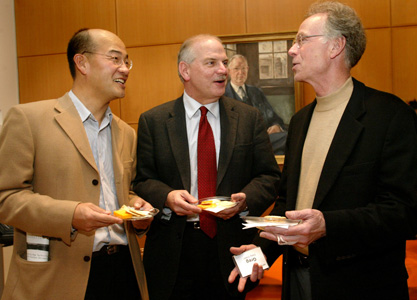
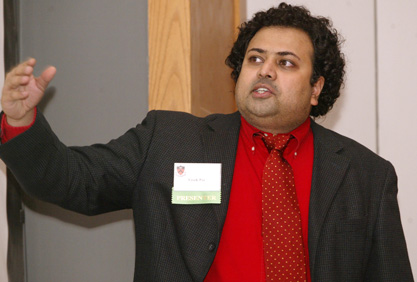
The Innovation Forum is part of EntrepreneurshipWeek USA. For a full list of presenters and links to in-depth explanations of their innovative work, please see list below.
Abstacts
Eye Surgery with Femtosecond Laser.pdf
Flexible Electronic Surfaces for Biomedical Applications.pdf
Identifying Breast Cancer Metastasis Gene through Genomic Analysis.pdf
Low-Cost Tunable Adaptive Optics.pdf
Network Security Management.pdf
On-demand Content Distribution with CoBlitz.pdf
Polymersomes by Microfluidics.pdf
Screening for Alzheimer’s Drugs.pdf


